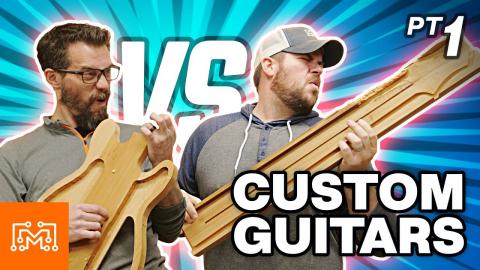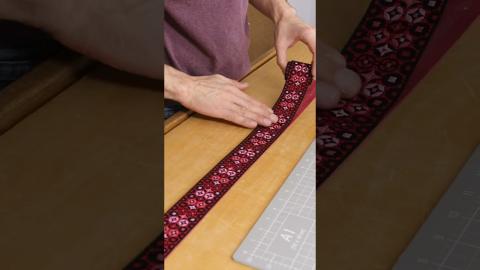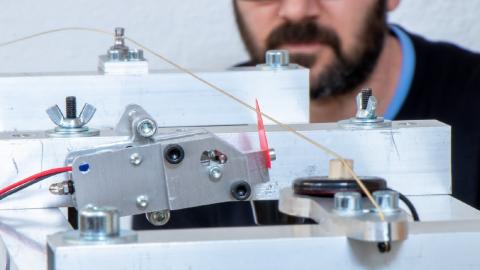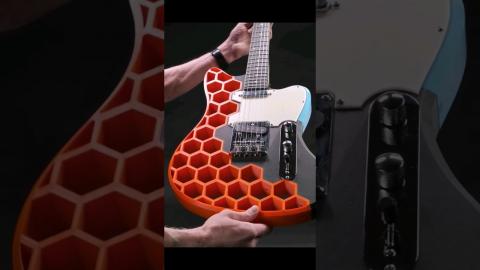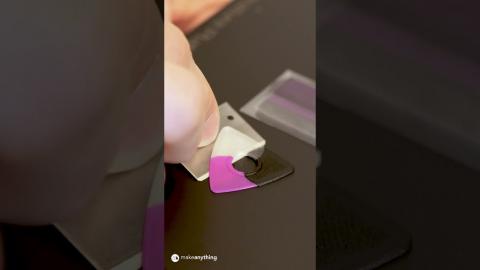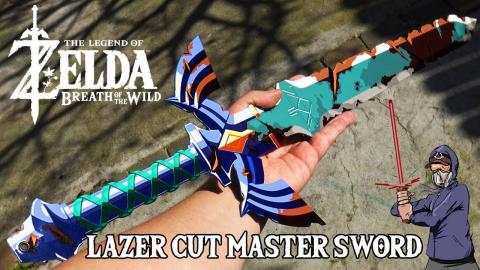How to Refinish A Guitar
Description
In this video I am refinishing one of my first guitars. Come see how I transformed this faded paint job into a custom 2-tone sunburst finish.
Subscribe to my channel: http://bit.ly/1k8msFr
Second Channel: http://bit.ly/iltms-2
MORE PROJECTS, POSTS AND EVENTS
http://www.iliketomakestuff.com
TOOLS & SUPPLIES (affiliate links):
https://kit.com/iliketomakestuff/refinishing-a-guitar
https://kit.com/iliketomakestuff/my-woodworking-tools
https://kit.com/iliketomakestuff/shop-safety-gear
Twitch Stream Every Wednesday @ 3pm EST: www.twitch.tv/iliketomakestuff
I WROTE A BOOK!!
http://www.iliketomakestuff.com/makingtime
Want to support ILTMS? Get exclusive content and more...
http://www.iliketomakestuff.com/patreon
BUY A SHIRT, STICKER, NOTEBOOK, DIGITAL PLANS and MORE!!
http://www.iliketomakestuff.com/store
FOLLOW:
http://twitter.com/iliketomakestuf
http://www.twitch.tv/iliketomakestuff
http://instagram.com/iliketomakestuff
http://facebook.com/iltms
MUSIC: http://share.epidemicsound.com/iltms
I can't remember what color this guitar was when I bought it, but this 1978 Fender Musicmaster has seen some amateur paint jobs in its lifetime. I painted it orange with some white stripes that have dulled and yellowed over time. My friend even had a random band autograph the body. Now before you freak out about "defacing" a Fender guitar, know that the Musicmaster is the less-expensive, student version of the Fender Mustang (which I have also refinished). And with all this old guitar has been through, stripping this old girl down to the bare wood isn't a blasphemous act.
After removing the strings, the neck, the pick guard, and the electronics, I sprayed the body with paint stripper. A few minutes later, took a scraper and started removing the many layers of paint and finish. I used an orbital sander to remove the last bit of old paint and I was left with the solid wood body.
A good finish begins with a smooth surface. So after I scraped off all of the old paint, I began sanding the body with an orbital sander. I began with 120 grit and worked my way up to 220. When the body was smooth to the touch, I applied a few coats of sanding sealer. This acts as a pre-finish coating that help fill in some of the grain lines and is easier to sand smooth than traditional lacquer.
After a few rounds of sanding sealer, the body was super smooth and I was ready to apply the sunburst finish.
For this Musicmaster, I am planning a two-color burst using Vintage Amber in the center mixing with a Cherry Red at the edges. These colors come from canned, tinted lacquers. A company called ColorTone makes all of the finish that I am using on this project. There are several colors of lacquer available, but I chose the red and amber combination.
I started with the Cherry Red on the outsides of the body. To protect the rest of the guitar from unintentional overspray, I cut out a cardboard template and taped it to the front and back of the guitar as a sprayed. I applied several coats of the red that faded toward the unsprayed center. After I was happy with the tone and coverage of the red, I use the Vintage Amber to cover the center section and feathered it into the red edges.
I sprayed many layers of each finish, sanding in between coats. The lacquer dries very quickly, so I was able to make a lot of headway in a day's time. I was really happy with the color blend and the smoothness of the finish. I chose to use the satin finish, but if you wanted a glassy surface, you could chose that finish. To get a straight-from-the-factory glossy shine, you will have to wet sand between coats and buff the final coat to a high gloss.
If you are happy with the pickups and the electronics setup, then the hard part is over, just reinstall everything as you found it and get jamming. In my case, I wanted to replace the existing pickups (one original and one bad modification) with some nicer aftermarket Telecaster pickups. I used the wiring diagram that came with the set and soldered the new components into the old switches and potentiometers. I had to modify the body a bit to accept the new electronics, but all of that would be hidden by the pick guard.
I bought a sheet of pick guard material and traced the profile of the old old onto the new sheet. I marked out all of the screw holes and knob placement, because most of that wouldn't change. Using the scroll saw, I cut out the pick guard shape and the new holes for the pick ups. I added a small chamfer to the edges of the pick guard after all of the holes were properly cut to give it that layered look found on most guitars.
Now that the body is finished, the electronics are working, and the pick guard is on, it's time to reattach the neck and string up the guitar. I used the same 4 screws and the Fender neck plate to reattach the two components. I reinstalled the bridge back in the same spot using the same screws. I restrung the guitar and tested it out. Everything was working great and it looked amazing!




